Let’s actually ask, ” What can I do for my horse? ” Horses are majestic animals that are wonderful simply to be with. Horses are gentle and honest; they do not have the ability to manipulate or lie. – psychology today
They are also sensitive animals that immediately empathize with humans who take care of them daily. By reacting to body language and mirroring the moods of their caretakers, horses make the perfect, nonjudgmental “therapist” by non-verbally providing insight into a person’s negative behaviors. Loyal, loving and trustworthy, horses are animals that humans have always bonded with almost effortlessly. – Kauffman’s animal health
Horses bring so much joy to those that are passionate about riding them and caring for them. They free us from the everyday stresses of the problems in the world. Horses have served purpose in the history of work, travel, cavalry, and ceremonial purposes. The horse has evolved as athlete, partner, and plays key role as therapist for victims as well as those with physical and mental disabilities. Horses provide so much to so many lives. We need to ask, “ what are we doing for the horse? “
Have our horses become an instrument that endures pain and confusion at the mercy of our desires for happiness, ribbons, glory and entertainment?

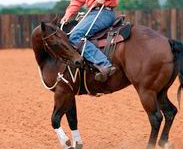
Anyone that desires to advocate for the horse needs a thorough understanding of the horses physique and movement. There is a large amount of horses getting ruined mentally and physically by misconceptions of the training methods offered online today. These horses are then given up on, given away, or sold as a “rescue.” Ending up in the hands of someone that doesn’t know how to re educate them at a mental and physical level. Most owners don’t understand why the horse is still misbehaving, even with the best love and care possible. Where do these discouraged owners go for guidance? The internet! The internet can be a great source of information, we also know it can be a detrimental place of misconception, especially for the horse.

Most misconceptions of information may have been intended as helpful, but nothing can replace the knowledge of hands on professional advice. Are we demanding our horses to perform for us without asking if they are enjoying the ride as well ? Assuming that the horse is “working” and would rather be doing something else is not always true. Horses will attempt to evade a certain exercise, but most horses love to have a purpose. This purpose is rewarding to both horse and rider, if the horse is comfortable and not confused and frustrated.
I would like to describe some of the misconceptions I have seen that can truly ruin the partnership.
- Meant only for awareness, not insult
Some misconceptions of riders:
- One rein stop – The internet has tons of videos and advice on teaching the horse to “give” with a pretty good pressure or an all out “ yank” to train the horse to stop at any gait
- What the horse understands: “ I am on high alert, I can’t relax because my rider may suddenly yank my nose to their knee, expecting me to stop. I do not have time to properly prepare my body for this stop, this creates an unbalanced stop, a discomfort of not being able to coordinate back muscles to allow me to balance the stop”
- Actual Understanding :This was originally a slight flexion with the inside rein to help horses that brace against the bit and are difficult to stop and slow. It worked well, if you kept the opposite hand planted on the horses neck
- Half Halt – This is one of the most misunderstood “ Aid “ of communication to the horse. The half halt is a specific riding aid given by an equestrian to his horse, in which the driving aids and restraining aids are applied in quick succession. It is sometimes thought of as an “almost halt,” asking the horse to prepare to halt in balance, before pushing it onward to continue in its gait. – Wikipedia
- Misconception :This is usually interpreted as it sounds, drive and pull at the same time.
- What the horse understands : “I am going to lean on the bit so I can contract my back in an attempt to protect myself from the damages of being rushed forward onto a strong contact on my mouth. I endure my “ work “ but only because I have mentally shut my brain off until it’s time to eat.”
- Actual Understanding : What needs to be understood is that it is a quiet dialogue of asking your horse to re balance themselves in preparation for anything different..a corner, change of speed, falling on forehand, etc. It is the communication that works in the moment to help re balance the horse, it may never be the same combination of aids.
- Disengage the hindquarter –The ability to disengage your horse’s hindquarters—that is, teach him to yield his hindquarters on your cue—is important for control. – Google
- Misconception : Again this is a huge misconception believing in spinning the horses hind end sideways out of control.
- What the horse understands: “Any time someone approaches my hindquarter, I need to step over very quickly. Under saddle, I need to protect the unnecessary strain on my stifle by bracing against the pressure of my riders leg. This begins to create an inverted rotation which builds unbalanced muscles of my back. “
- Actual understanding : This movement should still be called and taught as a turn on the forehand. Each step sideways of the horses hindquarter should be a slow process of allowing the horse to “ pivot “ slowly circling around the front legs. The turn on the forehand teaches the horse to think about the communication to respond to separate movement of all parts of the body.
- Inside leg to outside rein – The inside leg applies pressure (from below the knee down) to the horse’s side. The horse should step away from the pressure, creating a slight bend through the body. Outside Rein: The outside rein “fills up” when the horse steps away through the bending from the inside leg. ..
- That’s a little confusing…
- Misconception: Hold constant leg pressure along with strong outside rein contact.
- Horse response: “Evade the nagging of the constant inside leg pressure by bracing against the leg, use the heavy outside rein contact as a crutch to lean on”.
- Actual understanding: When inside leg pressure is applied with slight inside rein flexion, the horse should automatically respond by bending around the inside leg. The outside rein contact supports the rhythm as well as the outside shoulder. As with all communication with the horse, this should not be a constant application of aids as it keeps the horse from learning self carriage.
These are just a few examples that I wanted to describe. If you can’t afford the appropriate help, most trainers are willing to help you and your horse out in exchange for your help with the barn. Consider seeking hands on advice before turning to the internet for self help training. This can actually save you from making a bigger mess of you and your horses partnership, that will take longer to fix.
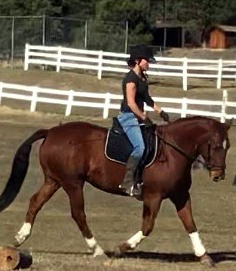

“I was seldom able to see an opportunity until it had ceased to be one.”
― Mark Twain


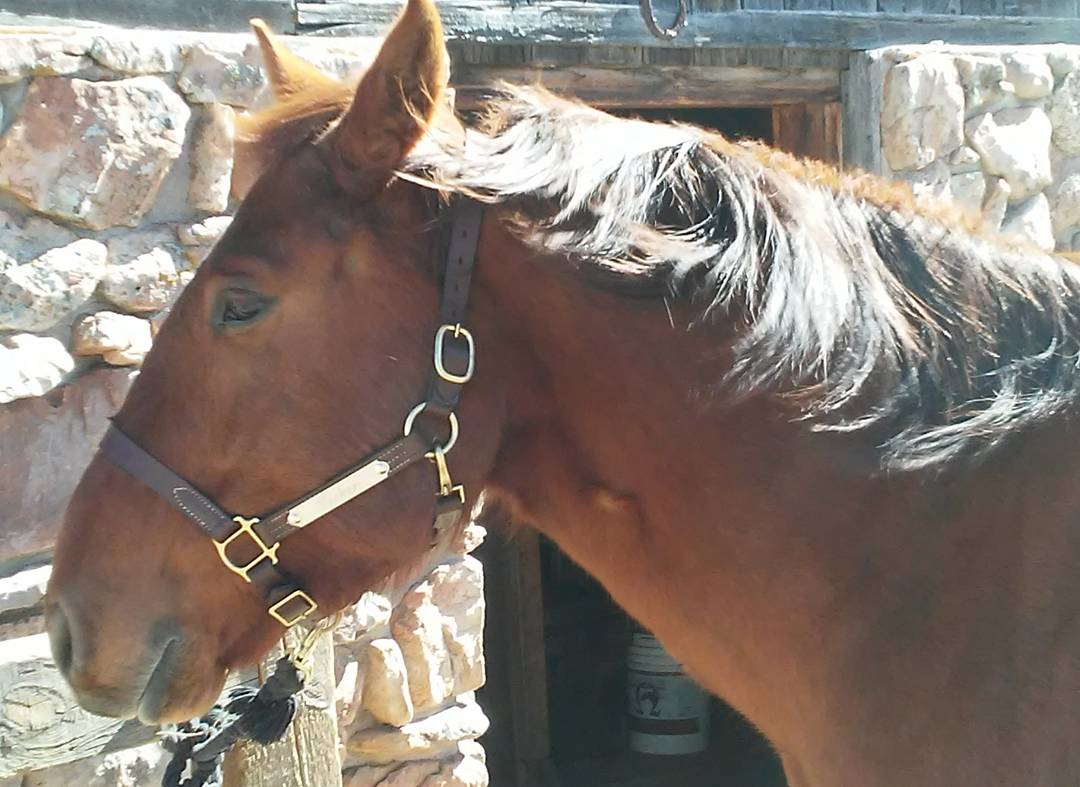

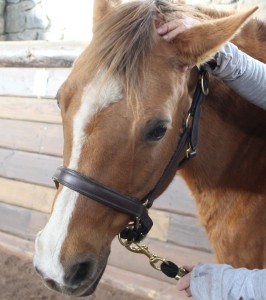 Horses that have had barbaric methods done to them like an ear twitch may have damaged nerves. You need to address this and be able to touch the ears, promoting feeling and awareness. We don’t want the horse ” shut down ” in any areas of their body. Dr. Monica Aleman, associate professor and internal medicine specialist at the University of California-Davis, is one of the few researchers who focuses on the equine ear. “[Head-shyness] could start with something painful and then become a learned behavior, even when the problem is solved, that behavior could be tricky to get rid of,” Aleman said. “You can begin by touching the horse on the neck and then slowly touching closer and closer to his ears, each time giving him a piece of carrot or a lump of sugar. Then he is likely to be less sensitive about his ears,” Meanwhile, if it’s always a battle to put his bridle on, you can undo the headstall, put it on, and then buckle the cheek strap instead of pulling it over his head.” -Excerpt from paulick report. Accommodate the horse through the process but also address the problem.
Horses that have had barbaric methods done to them like an ear twitch may have damaged nerves. You need to address this and be able to touch the ears, promoting feeling and awareness. We don’t want the horse ” shut down ” in any areas of their body. Dr. Monica Aleman, associate professor and internal medicine specialist at the University of California-Davis, is one of the few researchers who focuses on the equine ear. “[Head-shyness] could start with something painful and then become a learned behavior, even when the problem is solved, that behavior could be tricky to get rid of,” Aleman said. “You can begin by touching the horse on the neck and then slowly touching closer and closer to his ears, each time giving him a piece of carrot or a lump of sugar. Then he is likely to be less sensitive about his ears,” Meanwhile, if it’s always a battle to put his bridle on, you can undo the headstall, put it on, and then buckle the cheek strap instead of pulling it over his head.” -Excerpt from paulick report. Accommodate the horse through the process but also address the problem.


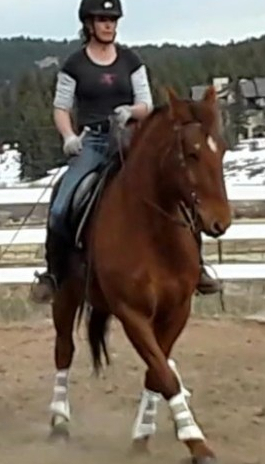
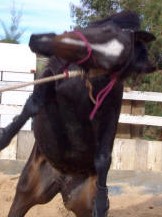 The bungee gives them freedom to pull back, it accomodates the behavior that is very dangerous. For simple training methods on training to tie, I would suggest reading Mary Twelveponies there are no problem horses, only problem riders.
The bungee gives them freedom to pull back, it accomodates the behavior that is very dangerous. For simple training methods on training to tie, I would suggest reading Mary Twelveponies there are no problem horses, only problem riders.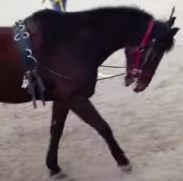

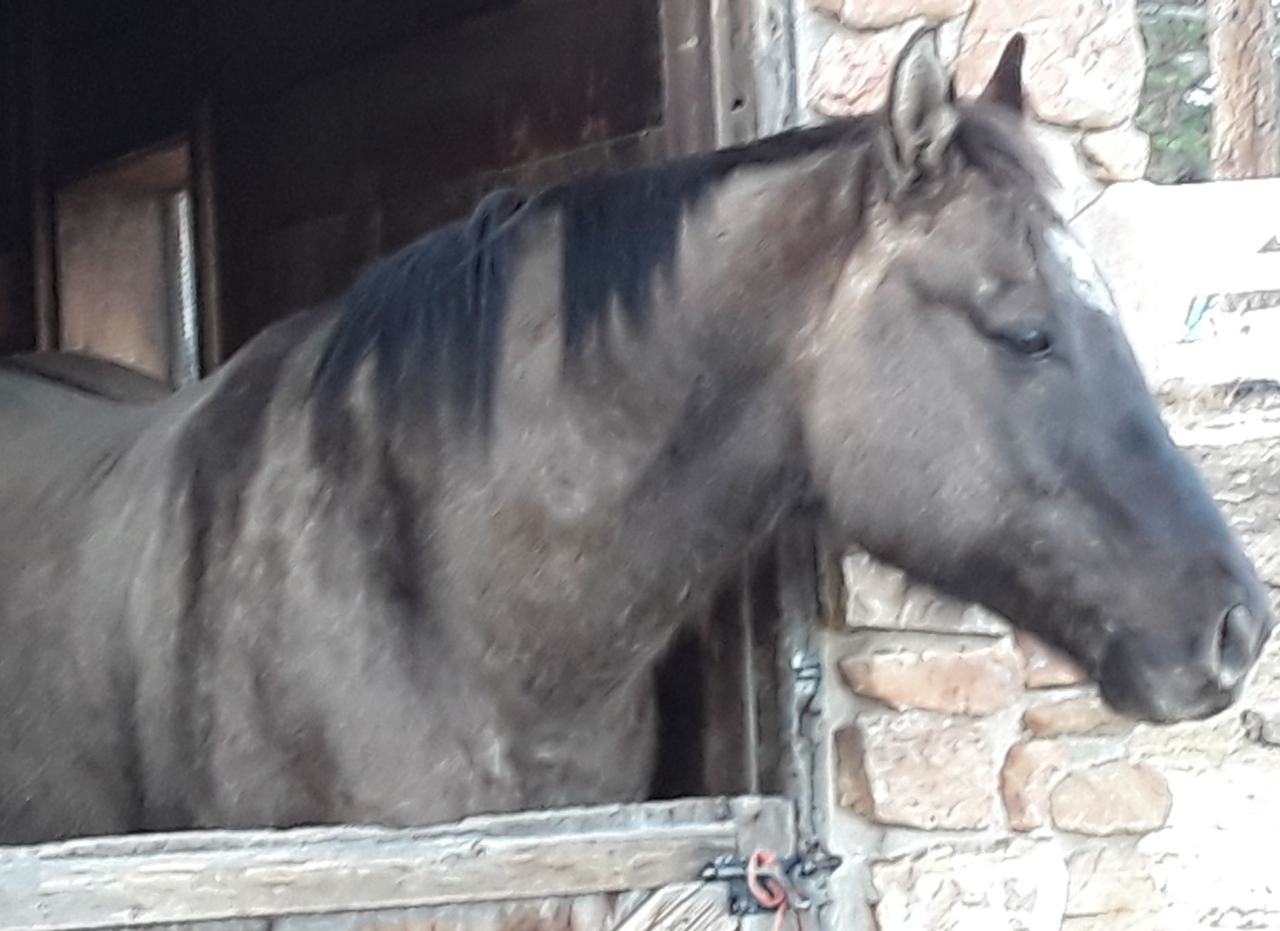

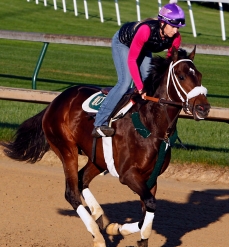
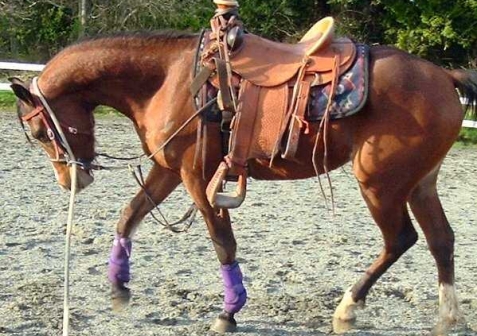


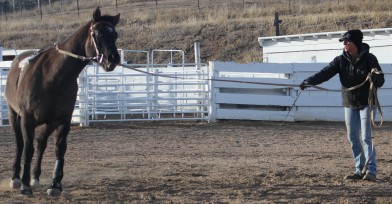


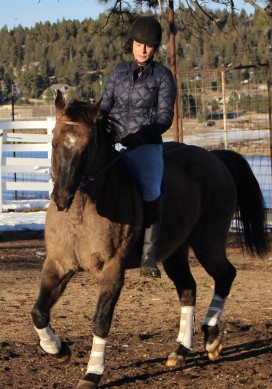





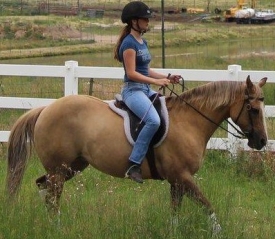
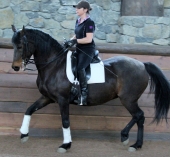










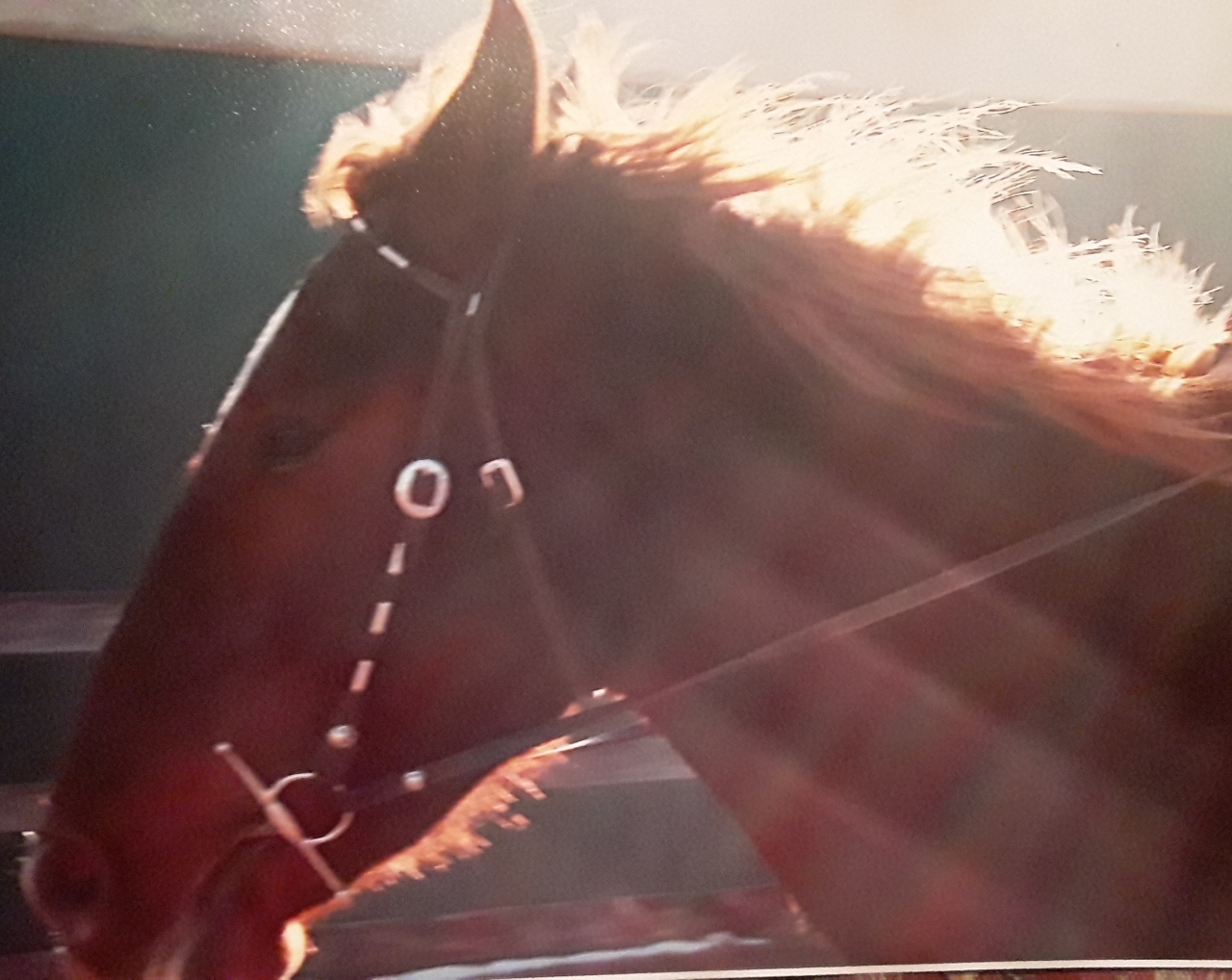
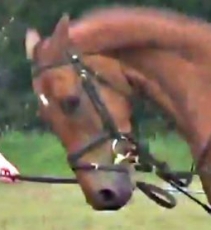
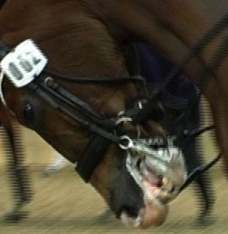
 A human victim of trauma and abuse will be very shut down in their emotions, like a horse. It’s a defense mechanism that allows the mind and spirit to endure situations that seem impossible. For a victim of trauma or abuse, they live with self doubt and never actually feel completely free of their anguish, there is always that voice reminding them of their darkness. Then a horse comes into their life, or they ride one.
A human victim of trauma and abuse will be very shut down in their emotions, like a horse. It’s a defense mechanism that allows the mind and spirit to endure situations that seem impossible. For a victim of trauma or abuse, they live with self doubt and never actually feel completely free of their anguish, there is always that voice reminding them of their darkness. Then a horse comes into their life, or they ride one. The empowerment that comes over that person awakens their emotions. They feel alive, but it can also be a very scary place to take down that wall and feel emotions again. The same for a horse, they need the time it takes for them to overcome their fears. Forcing a horse to accept something they are truly afraid of is a monster in the making .
The empowerment that comes over that person awakens their emotions. They feel alive, but it can also be a very scary place to take down that wall and feel emotions again. The same for a horse, they need the time it takes for them to overcome their fears. Forcing a horse to accept something they are truly afraid of is a monster in the making .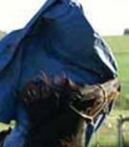 Accommodating the horses fears is not a tactful approach either. By this I mean claiming the horse is afraid of people.. in hats, glasses, etc. It is certain sounds, smells, even weather changes that can prompt a memory. I do believe PTSD is triggered in ways we may never understand for horse or human. When faced with danger, your body gets ready to fight, flee, or freeze. Your heart beats faster. Your senses go on high alert. Your brain stops some of its normal functions to deal with the threat. This includes your short-term memory. Human and equine brains are very similar, but with a few key differences: Most of the horse’s brain is used to analyze information it gets from the environment while much of the human brain is used for fine-motor skills and language. ( excerpt from William Simpson brain study) Once a horse learns a movement, which is usually more quickly than a human, it will not be forgotten. Humans, on the other hand, retain information for only a short amount of time unless the information is reviewed regularly. This is proven with young horses educated with a foundation of trust and comfort, they will always go back to that start ,if reminded.
Accommodating the horses fears is not a tactful approach either. By this I mean claiming the horse is afraid of people.. in hats, glasses, etc. It is certain sounds, smells, even weather changes that can prompt a memory. I do believe PTSD is triggered in ways we may never understand for horse or human. When faced with danger, your body gets ready to fight, flee, or freeze. Your heart beats faster. Your senses go on high alert. Your brain stops some of its normal functions to deal with the threat. This includes your short-term memory. Human and equine brains are very similar, but with a few key differences: Most of the horse’s brain is used to analyze information it gets from the environment while much of the human brain is used for fine-motor skills and language. ( excerpt from William Simpson brain study) Once a horse learns a movement, which is usually more quickly than a human, it will not be forgotten. Humans, on the other hand, retain information for only a short amount of time unless the information is reviewed regularly. This is proven with young horses educated with a foundation of trust and comfort, they will always go back to that start ,if reminded.  PMU – is pregnant mares urine, used as a hormone replacement for Women.
PMU – is pregnant mares urine, used as a hormone replacement for Women. , I trained her and rode her for 6 years, participated in different clinics, and lessons, she
, I trained her and rode her for 6 years, participated in different clinics, and lessons, she

 “desensitizing ” training with her as it would create more fear and loss of trust with me. Human’s can learn coping strategies, it’s a little different when dealing with horses. It’s odd that although She never showed any signs of bucking, resistance, or fear when I trained her to ride, I always knew I could never succumb her to certain situations, like trail rides or horse shows. She loved to be ridden and would always come running when I called her. We would ride and train in my field, She never ever attempted to get rid of me. Although there were no signs of pain/behavior issues, my intuition always told me something was missing in this ” partnership. ” Turns out there was a memory she held onto. On one particular day, I had an awesome ride in beautiful weather. I dropped my reins as I always did to show her She was a good girl, I also took my left foot out of my stirrup, lifting slowly to alleviate what felt like a pulled muscle. At that same time, my neighbor’s air compressor let out a loud air noise, and my dog happened to be rustling in the dry weeds like she always did, but timing is everything. Before I knew it, I was catapulted high into the air. I could feel my right foot hung up in the stirrup and I remember thinking ” I might be drug at a high speed so I need to close my eyes.” When I awoke, my horse was standing over me, I jumped up to find that both my hands were backwards, thumbs not where they belong. I had severely broken both my wrists, in what must have been an ultimate handstand landing. There were some people that had seen the accident and they thought I was dead. They said the horse was completely vertical and I was at least six feet above her. I was traumatized..how was I going to work, care for my youngest daughter, and all the animals I insist on owning. My hands are a miracle, after two surgeries on each wrist.
“desensitizing ” training with her as it would create more fear and loss of trust with me. Human’s can learn coping strategies, it’s a little different when dealing with horses. It’s odd that although She never showed any signs of bucking, resistance, or fear when I trained her to ride, I always knew I could never succumb her to certain situations, like trail rides or horse shows. She loved to be ridden and would always come running when I called her. We would ride and train in my field, She never ever attempted to get rid of me. Although there were no signs of pain/behavior issues, my intuition always told me something was missing in this ” partnership. ” Turns out there was a memory she held onto. On one particular day, I had an awesome ride in beautiful weather. I dropped my reins as I always did to show her She was a good girl, I also took my left foot out of my stirrup, lifting slowly to alleviate what felt like a pulled muscle. At that same time, my neighbor’s air compressor let out a loud air noise, and my dog happened to be rustling in the dry weeds like she always did, but timing is everything. Before I knew it, I was catapulted high into the air. I could feel my right foot hung up in the stirrup and I remember thinking ” I might be drug at a high speed so I need to close my eyes.” When I awoke, my horse was standing over me, I jumped up to find that both my hands were backwards, thumbs not where they belong. I had severely broken both my wrists, in what must have been an ultimate handstand landing. There were some people that had seen the accident and they thought I was dead. They said the horse was completely vertical and I was at least six feet above her. I was traumatized..how was I going to work, care for my youngest daughter, and all the animals I insist on owning. My hands are a miracle, after two surgeries on each wrist.




 It is sometimes difficult to diagnose as with some horses, they only move and touch when horse is in motion. x- rays are done at a standstill.
It is sometimes difficult to diagnose as with some horses, they only move and touch when horse is in motion. x- rays are done at a standstill.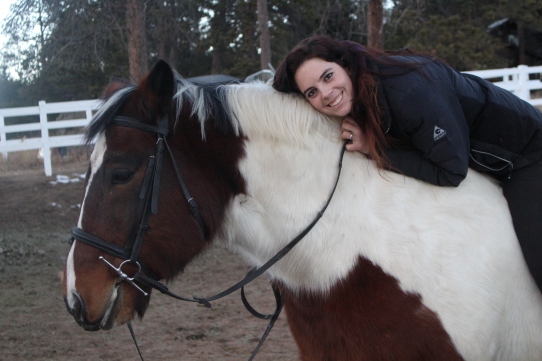
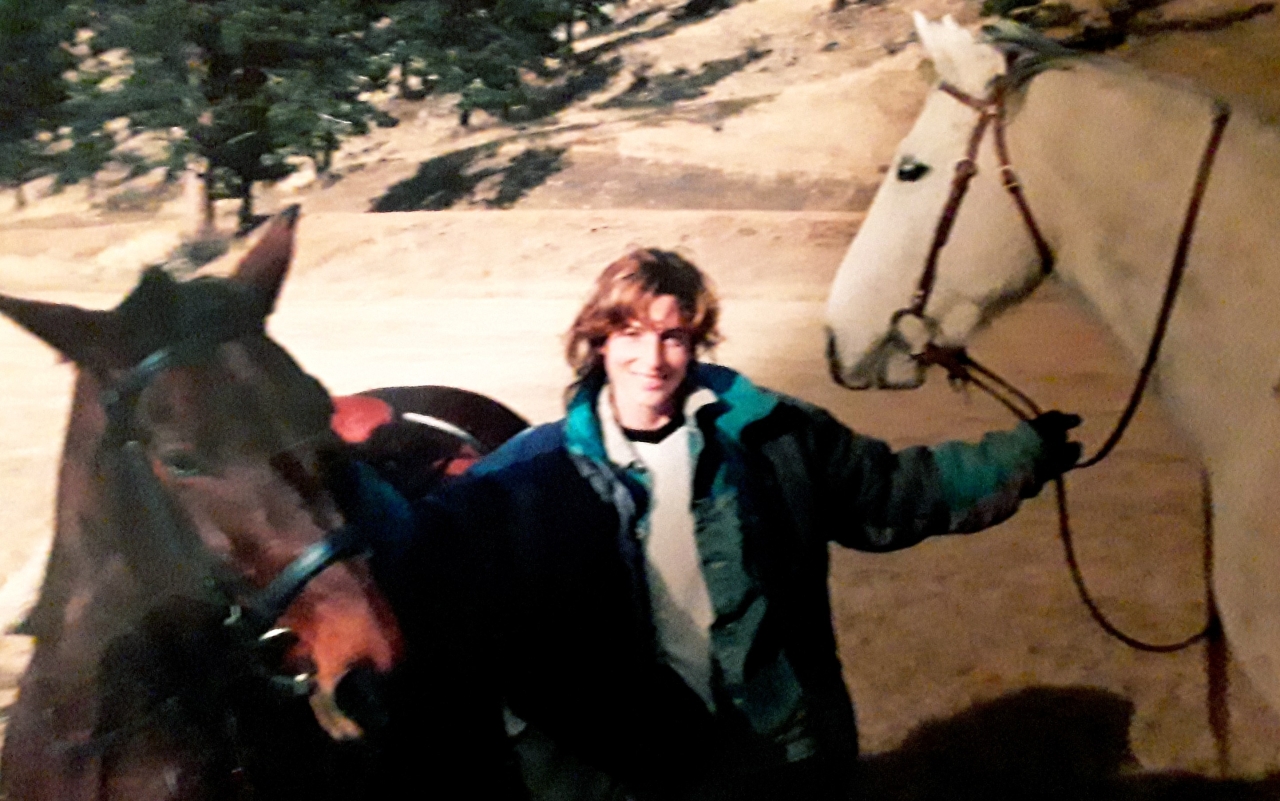

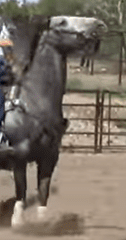





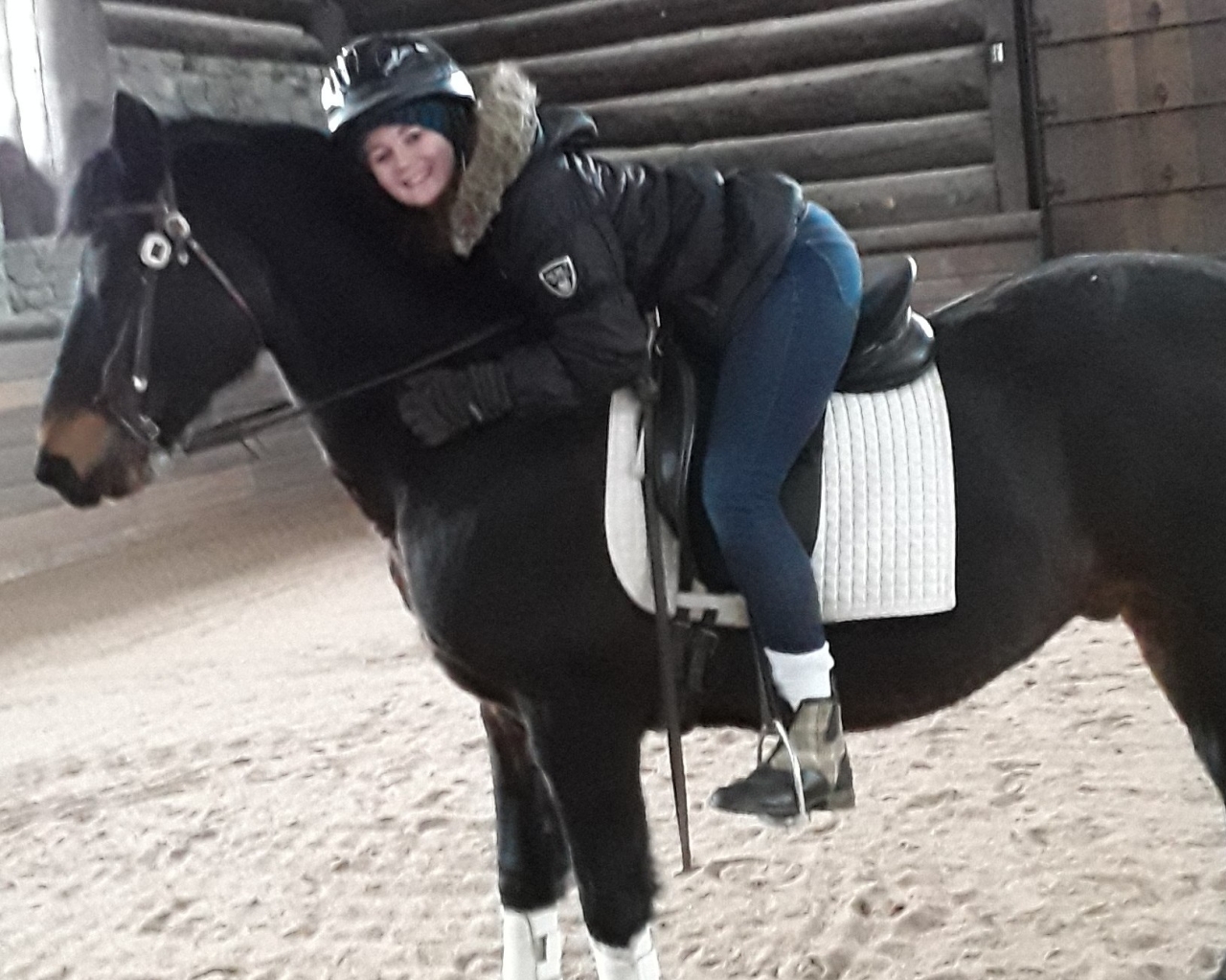




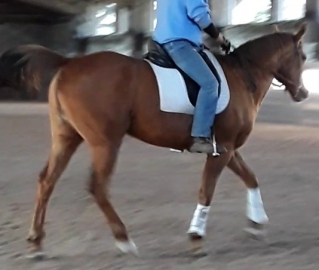




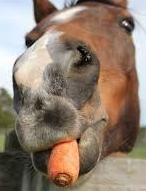
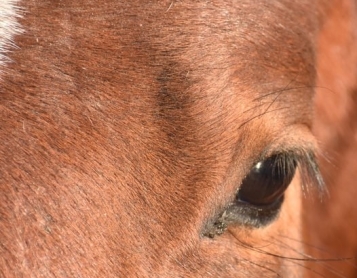
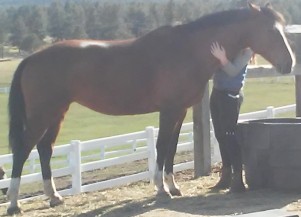 He will breathe out and begin to gently chew. These relaxed signs can appear but the tail may still be rigid and clamped.
He will breathe out and begin to gently chew. These relaxed signs can appear but the tail may still be rigid and clamped. as they are gentler. In some cases, the horse is less fearful of approaching with the rope than wrapping him with a polo wrap. After some hopping and kicking, he settled. He was just scared and kicking out in defense. His ears were not pinned but his tail was clamped. All “problem ” horses have to be handled differently and that is why no” how to” book can address the situation. I taught the owner the Ttouch so she could work with him 10 to 20 minutes per day. He soon became relaxed and accepting and I was able to start him under saddle. Chasing a horse in a round pen until he ” relaxes ” does not work in cases of pain and emotion, it seems to but is actually creating a stronger mental shutdown. This is different than acceptance or accustoming to tack and surroundings. I have seen many horses leap right out of a round pen in fear and confusion. Horses like this need routine and consistency of ” awareness “in order to change their defensive nature to a trusting, willing character. This pony was able to change because of his owners willingness to learn, to have faith in what I was doing and allowing the time needed to gain his trust.
as they are gentler. In some cases, the horse is less fearful of approaching with the rope than wrapping him with a polo wrap. After some hopping and kicking, he settled. He was just scared and kicking out in defense. His ears were not pinned but his tail was clamped. All “problem ” horses have to be handled differently and that is why no” how to” book can address the situation. I taught the owner the Ttouch so she could work with him 10 to 20 minutes per day. He soon became relaxed and accepting and I was able to start him under saddle. Chasing a horse in a round pen until he ” relaxes ” does not work in cases of pain and emotion, it seems to but is actually creating a stronger mental shutdown. This is different than acceptance or accustoming to tack and surroundings. I have seen many horses leap right out of a round pen in fear and confusion. Horses like this need routine and consistency of ” awareness “in order to change their defensive nature to a trusting, willing character. This pony was able to change because of his owners willingness to learn, to have faith in what I was doing and allowing the time needed to gain his trust.






